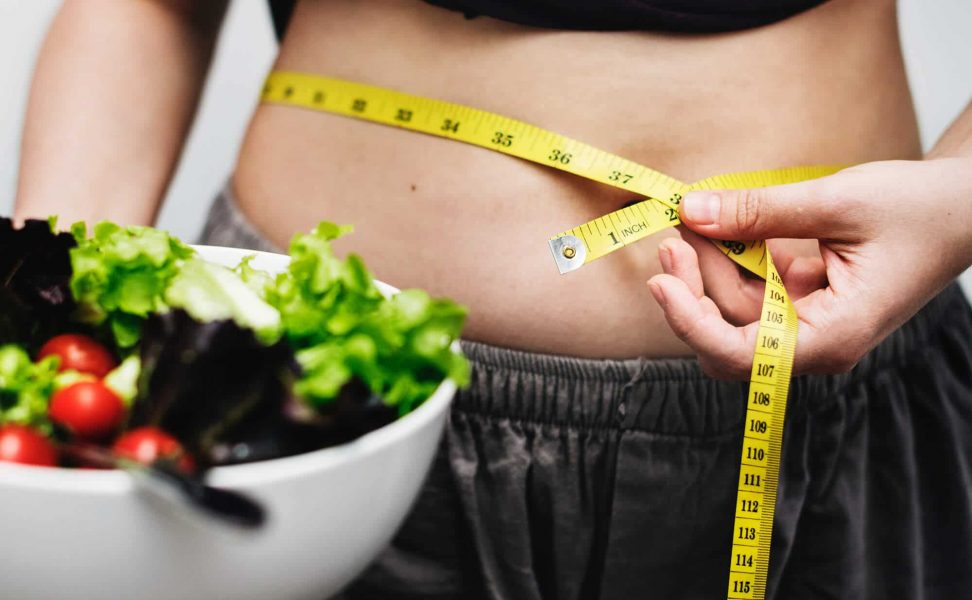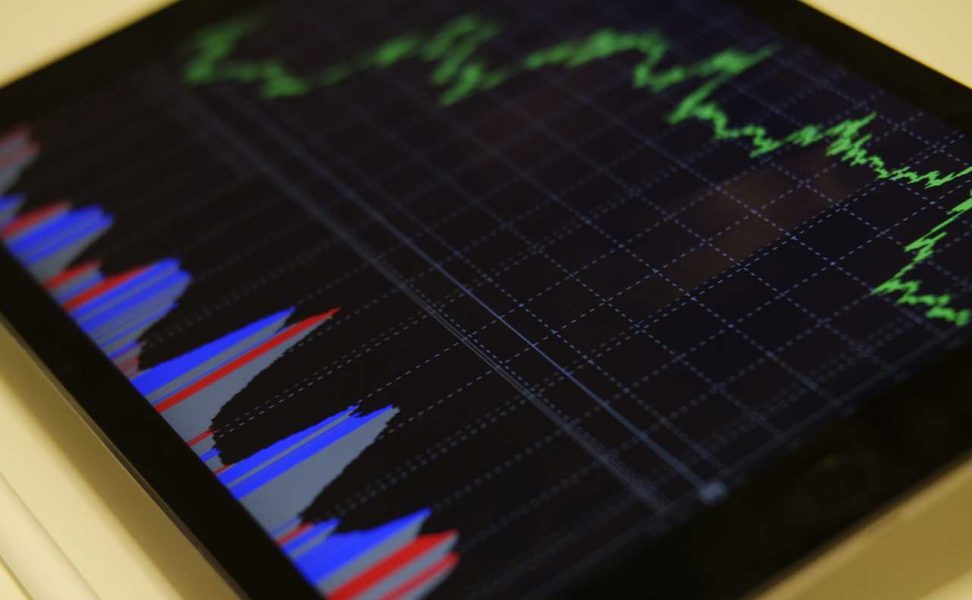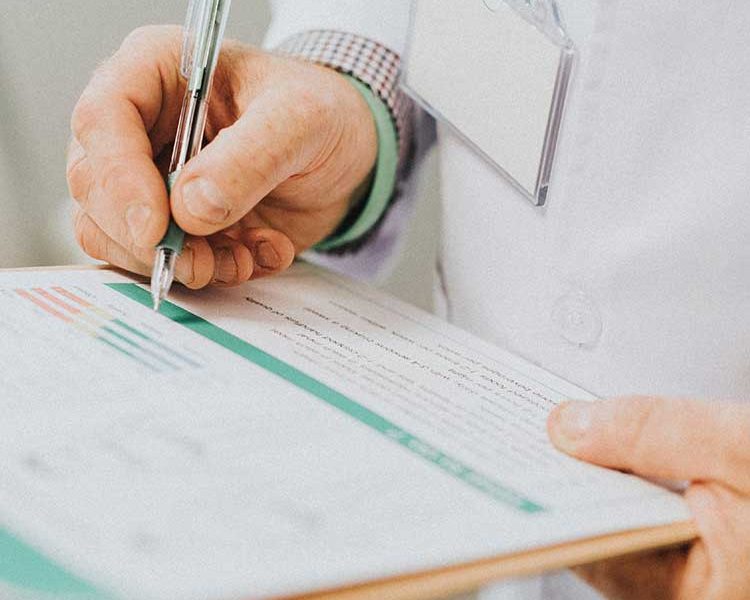The gastric balloon: which, for which results, which risks?
Gastric balloons associated with multidisciplinary management to modify eating behavior and resume physical activity are an aid to weight loss in patients with a body mass index (BMI) greater than 27.

Obesity, a public health problem
In 2016, the prevalence of obesity was 15.8% for men and 15.6% for women in France.
Obesity leads to metabolic, cardiovascular, digestive, respiratory and rheumatic complications. It increases the risk of depression, cancer and decreases life expectancy.
The socio-economic consequences are important
The gastric balloons associated with a pluridisciplinary coaching to modify the diet, and to practice a regular physic activity allowed to obtain a result of sustained weight loss in time.
For more information, contact us
A market in full development
Several gastric balloons are CE marked.
More recent marketed balloons:
- Orbéra 365® Silicone balloon, non-adjustable, lasting one year
For which results?
-
Operation
Gastric Balloon is associated with reduced feeling of hunger, increased satiety, and decreased daily energy intake.
The balloon would induce variations of certain peptides involved in the regulation of appetite such as ghrelin, leptin and adinopectin and a decrease in the secretion of cholecystokinin and peptide P.
The balloon induces an increase in the volume of the proximal stomach, an increase in gastric compliance and a slowing of gastric emptying.
These effects decrease with time.
-
For whom is the gastric balloon indicated?
The gastric balloon is indicated:
- in overweight or non-morbidly obese patients (BMI> 27 kg / m2 depending on the type of balloon) who could not achieve sustained weight loss despite nutritional management by a doctor or nutritionist
- in patients with morbid obesity (BMI> 40 or> 35 kg / m2, with comorbidities) who refuse bariatric surgery.
-
Contraindications
The contraindications are multiple:
- severe liver disease
- Crohn's disease
- severe cognitive or mental disorders
- alcoholism or addiction not weaned
- pregnancy, desire for pregnancy, breastfeeding
- refusal of medical follow-up and dietary instructions
- Bulimia eating disorder
- history of gastric or antireflux surgery, gastric banding
- large hiatal hernia (> 5 cm), peptic ulcer, severe grade III or IV esophagitis
- anti-inflammatory treatments, coagulation abnormality, anticoagulant or antiaggregant treatments
-
The studies
For many years, the effect of the Orbera® balloon on weight loss has been evaluated in the short term by many open series but has also been the subject of randomized controlled trials.
These studies found a significantly greater weight loss with a gastric balloon associated with behavioral management than a follow-up alone, both at the withdrawal of the balloon six months or a year after the withdrawal of it.
A recent meta-analysis of the results of 36 studies (n = 6,101) confirmed the efficacy of the gastric balloon with a weight loss of 15.7 ± 5.3 kg, a BMI decrease of 5.9 ± 1 , 0 kg / m2 and an EWL (Excess weight loss) percentage of 36.2 ± 6.3%.
Another meta-analysis of 55 studies (n = 6,645) found a six-month total body weight loss (TBWL) percentage of 13.2%.
-
Monitoring and support
The multidisciplinary management associated with the balloon placement is essential for long-term effectiveness.
It combines a dietary rebalancing, a change in eating behavior and the resumption of physical activity.
This care must be personalized, adapted to the cultural, psychological and physical conditions.
Cognitive restriction is ineffective and exposes to weight gain and yoyo.
Motivation over time is difficult due to lack of time, family problems and work. Management must be integrated into patients' schedules.
Gastroenterologists posing gastric balloons must have a multidisciplinary team that will take care of their patients during the balloon placement and at least six months after removal.
When this physical management is not possible, a support by teleconsultations must be put in place in association with the installation of the gastric balloon as Apollo Endosurgery offers with the Orbera® Balloon with Orbera Coach or Reshape with the Reshape balloon ® in the United States with Reshap portal or MethodCO (www.methodco.fr) in France.
-
Results
Weight loss induced by the gastric balloon improves comorbidities associated with obesity.
Hepatic steatosis decreases and the metabolic syndrome improves. Type II diabetes, elevated LDL-cholesterol, hypertriglyceridemia and hypertension are corrected or improved in more than 80% of patients and this effect persists one year after balloon removal.
A significant improvement in sleep apnea and infertility syndrome has also been reported. The quality of life of patients is improved.
The loss of weight with the Heliosphere Bag® ball seems similar to that observed with the Orbera® balloon. A prospective, non-randomized study of 34 patients with the Eligible Ingestible Balloon lasting four months regained a 10% weight loss at withdrawal.
The possible interest of the installation of a gastric balloon in the superobese patients before the realization of a gastric bypass to reduce the risks anesthetics, the technical difficulties, the rate of conversion and the complications was not found by the studies prospective.
The placement of a second balloon, immediately after or away from the withdrawal, further improves the weight loss, but the effect is quantitatively less than that observed with the first balloon. The loss of weight seems to be greater with the adjustable Spatz® balloon but the series are limited.
| Balloons sold in 2017 in France / Obalon Balloon (Obalonm Therapeutics, Inc., San Diego, Calif, États=Unis) | |||||||
| Brand | Model | Envelope | Duration (months) | Filling | Volume (ml) | Adjustable | Indication |
| Apollo | Orbera | Silicon | 6 | water | 500-700 | No | IMC > 27 |
| Endosurgery | Orbera 365 | 12 | water | 500-700 | No | IMC > 27 | |
| Sterlab | Medsil | Silicon | 6 | water | 500-700 | No | IMC > 30 |
| Endalis | End-Ball | Polyuréthane | 6 | water-air | 600-800 | Non | IMC > 30 |
| Sterlab | Spatz | Silicon | 12 | water | 400-800 | yes | IMC > 27 |
| Hélioscopie | Bag | Polyuréthane | 6 | Air | 400-800 | No | IMC > 30 |
| Hélioscopie | Bag-pré-op | Polyuréthane | 6 | Air | 400-800 | Non | IMC > 30 |
| Allurion | Ellipse | Polyuréthane | 4 | water | 500 | No | IMC > 27 |
| Allergan, Irvine, États-Unis - Medsil, Moscou, Russie - Endalis, Brignay, France - Sterlab, Vallauris, France - Hélioscopie, Vienne, France - Allurion, Natik, États-Unis | |||||||
| Balloons accepted by the FDA | |||||||
| Brand | Model | Envelope | Duration (months) | Filling | Volume (ml) | Adjustable | Indication |
| Apollo | Orbera | Silicon | 6 | water | 500-700 | No | IMC > 27 |
| Reshape Integrated | Reshape | Silicon | 6 | water | 900 | No | IMC > 30 |
| Dual Balloon | Medical | ||||||
| Obalon | Obalon | Nylon | 3 | Air | 250-750 | yes | IMC > 27 |
| Polyuréthane | |||||||
| Allergan, Irvine, États-Unis - Redshape Medical, San Clemente, États-Unis - Obalon, Carlsbad, États-Unis | |||||||

Side effects
Side effects are often observed in the immediate aftermath of the balloon placement.
- Treatments are prescribed to prevent or reduce nausea, vomiting and abdominal pain.
- Dehydration (1.6%) and hypokalemia (0.4%) may result in hospitalization. Early removal of the balloon is sometimes necessary (1 to 3%).
- Reflux symptomatology is sometimes observed despite antisecretory treatment (0.5-1.8%).
- Erosions or gastric or oesophageal ulcerations are possible. The spontaneous deflation of the balloon can occur especially if its duration of use is not respected. There is a risk of bowel obstruction, especially in patients with a history of abdominal surgery.
- Severe complications are rare (0.1 to 0.2%), mainly gastric perforation type, the risk of which is more frequent with history of esophago-gastroduodenal surgery antecedent.
- Oesophageal rupture during the placement or removal of the balloon and acute pancreatitis are exceptional.
- Mortality is 0.06 to 0.1%, most often due to complications of gastric perforation.

Significant weight loss
Gastric balloons lead to weight loss with significant EWL and improved comorbidities in obese patients. Morbidity is moderate.
They are starters that help initiate weight loss, increase patient motivation to change eating habits and resume physical activity.
Multidisciplinary support by dedicated teams in physics or teleconsultation is the only guarantee of a sustainable result through lifestyle changes.
For more information, contact usBibliographical references
- 1. Matta J, Zins M, Feral-Pierssens AL, et al. Prévalence du surpoids, de l’obésité et des facteurs de risque cardio-métaboliques dans la cohorte Constances. 2016 Article — Bulletin épidémio- logique hebdomadaire [Internet]. [cited 2017 Dec 29].
- 2. Konopko-Zubrzycka M, Baniukiewicz A, Wróblewski E, et al. The effect of intragastric balloon on plasma ghrelin, leptin, and adiponectin levels in patients with morbid obesity. J Clin Endo- crinol Metab 2009;94:1644–9.
- 3. Nikolic M, Boban M, Ljubicic N, et al. Morbidly obese are ghrelin and leptin hyporesponders with lesser intragastric balloon treatment efficiency: ghrelin and leptin changes in relation to obesity treatment. Obes Surg 2011;21:1597–604.
- 4. Mion F, Napoléon B, Roman S, et al. Effects of intragastric balloon on gastric emptying and plasma ghrelin levels in non- morbid obese patients. Obes Surg 2005;15:510–6.
- 5. Mathus-Vliegen EM, de Groot GH Fasting and meal-induced CCK and PP secretion following intragastric balloon treatment for obesity. Obes Surg 2013;23:622–33.
- 6. Farina MG, Baratta R, Nigro A, et al. Intragastric balloon in association with lifestyle and/or pharmacotherapy in the long-term management of obesity. Obes Surg 2012;22:565–71.
- 7. Fuller NR, Pearson S, Lau NS, et al. An intragastric balloon in the treatment of obese individuals with metabolic syndrome: a randomized controlled study. Obesity 2013;21:1561–70.
- 8. Mathus-Vliegen EMH, Tytgat GNJ Intragastric balloon for treatment-resistant obesity: safety, tolerance, and efficacy of 1- year balloon treatment followed by a 1-year balloon-free follow- up. Gastrointest Endosc 2005;61:19–27.
- 9. Genco A, Cipriano M, Bacci V, et al. Intragastric balloon followed by diet vs intragastric balloon followed by another balloon: a prospective study on 100 patients. Obes Surg 2010;20:1496–500.
- 10. Yorke E, Switzer NJ, Reso A, et al. Intragastric balloon for management of severe obesity: a systematic review. Obes Surg 2016;26:2248–54.
- 11. Abu Dayyeh BK, Edmundowicz S, Thompson CC Clinical prac- tice update: expert review on endoscopic bariatric therapies. Gastroenterology 2017;152:716–29.
- 12. Lee YM, Low HC, Lim LG, et al. Intragastric balloon significantly improves nonalcoholic fatty liver disease activity score in obese patients with nonalcoholic steatohepatitis: a pilot study. Gastrointest Endosc 2012;76:756–60.
- 13. Forlano R, Ippolito AM, Iacobellis A, et al. Effect of the BioEnterics intragastric balloon on weight, insulin resistance, and liver steatosis in obese patients. Gastrointest Endosc 2010;71:927–33.
- 14. Imaz I, Martínez-Cervell C, García-Alvarez EE, et al. Safety and effectiveness of the intragastric balloon for obesity. A metaanalysis. Obes Surg 2008;18:841–6.
- 15. Genco A, López-Nava G, Wahlen C, et al. Multi-centre European experience with intragastric balloon in overweight populations: 13 years of experience. Obes Surg 2013;23:515–21.
- 16. Lecumberri E, Krekshi W, Matía P, et al. Effectiveness and safety of air-filled balloon Heliosphere BAG® in 82 consecutive obese patients. Obes Surg 2011;21:1508–12.
- 18. Coffin B, Ledoux M, Coupaye S, et al. Intérêt du ballon gastrique
avant bypass. Obésité 2008;3:154–58 - 19. Vicente C, Rábago LR, Ortega A, et al. Usefulness of an intragastric balloon before bariatric surgery. Rev Esp Enferm Dig 2017;109:256–64.
- 20. Dąbrowiecki S, Szczęsny W, Popławski C, et al. Intragastric Balloon (BIB system) in the treatment of obesity and preparation of patients for surgery – own experience and literature review. Pol Przegl Chir 2011;83:181–7.
- 21. Machytka E, Klvana P, Kornbluth A, et al. Adjustable intragastric balloons: a 12-month pilot trial in endoscopic weight loss management. Obes Surg 2011;21:1499–507.
- 22. Mazure RA, Salgado G, Villarreal P, et al. Intragastric balloon
and multidisciplinary team. Nutr Hosp 2009;24:282–7. - 23. Gudzune K Dietary and behavioral approaches in the management of obesity. Gastroenterol Clin North Am 2016;45:653–61.
- 24. Dumonceau JM Evidence-based review of the Bioenterics intragastric balloon for weight loss. Obes Surg 2008;18:1611–7.
Would you like more information?
We organize information meetings to answer your questions
